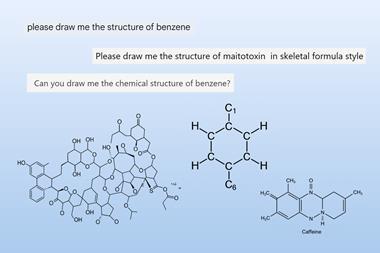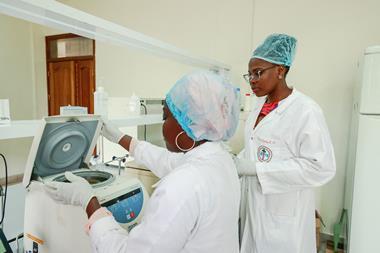Some researchers are declaring the death of DFT – but it is also a beginning
It must come as a shock to hear that you’re dead. In the (probably apocryphal) origin story of the Nobel prizes, Alfred Nobel is so appalled by a premature obituary calling him ‘the merchant of death’ that he resolves to change his reputation and donate his fortune to humanity. But at least if you’re reading your obit, you know you can do something about it. For a scientist, a bigger and perhaps more likely shock is hearing that your field is dead.
That’s because it’s an inevitable consequence of research: new techniques, technology and ideas will come along and displace those that went before. And it’s a pattern that seems to be happening at an increasing pace as scientists realise the potential of AI.
The death of DFT?
Last year’s Nobel prize, for example, was partly awarded for AlphaFold – an AI tool for solving protein structures, developed by Google-owned Deepmind. When AlphaFold first emerged several years ago, many of those working on solving protein structures felt the writing was on the wall for their own work. And a similar death note arrived just last month at the EuChemS Inorganic Chemistry Conference when theoretical chemist Markus Reiher announced the death of density functional theory (DFT) – the workhorse of computational chemistry.
The models that Meta has built deliver DFT-like accuracy for a fraction of the cost
Reiher was referring to work published earlier this year by Meta, the owner of Facebook and Instagram. Meta released its open molecule dataset or OMol25 – the largest ever dataset of quantum chemistry calculations covering the broadest range of molecules and materials, generated from millions of DFT simulations.
The dataset itself is an impressive feat, but the reason for building it is to train machine learning models that can then do DFT’s job faster. In a similar way to how AlphaFold learned from protein structure databases to devise an algorithm that can predict folds from just an amino acid sequence, models trained on databases of quantum chemical calculations can predict molecular properties just based on atomic coordinates. The models that Meta has built, released at the same time, seem to make good on that promise – delivering DFT-like accuracy for a fraction of the computational cost.
Datasets can democratise chemistry
These changes are dramatic because they not only give researchers powerful tools, but they also reduce the barriers to accessing that tool. That democratising effect is also being complemented by other applications of AI. For example, a number of groups around the world are incorporating the likes of OMol25 into ‘agentic AI’ – systems that can autonomously carry out commands on the user’s behalf. These often offer ease of use with chatbot-style interfaces (as represented by large language models such as ChatGPT) that enable chemists to make use of the tools without being domain experts. Together with cheaper and faster calculations, these represent a huge step in the capability of computational tools and their availability to researchers. You can look out for our coverage on this in the near future.
It’s only the biggest firms with the deepest pockets that can afford to foot the costs
There are still plenty of tasks AI can’t do. It has had limited success in drug discovery, for example, largely because it can’t yet tackle the hardest part of that task – making a molecule work in a human. Yet many predict that solving this and other problems is also a matter of gathering enough of the right data to train a model. As the OMol25 effort demonstrates, building those datasets is a considerable task, and even more so if it involves running physical experiments. Generating them will be a huge investment of time and money, and it’s only the biggest firms with the deepest pockets that can afford to foot those costs and to wait for the returns.
At the moment, the likes of Meta and Google are making their databases and tools freely available to anyone (though AlphaFold’s latest release no longer permits commercial uses). If that continues, the prospects for democratising discovery and research could be immense.
It may yet turn out that reports of DFT’s death have been exaggerated. But we are certainly seeing the birth of a new kind of chemist

















1 Reader's comment